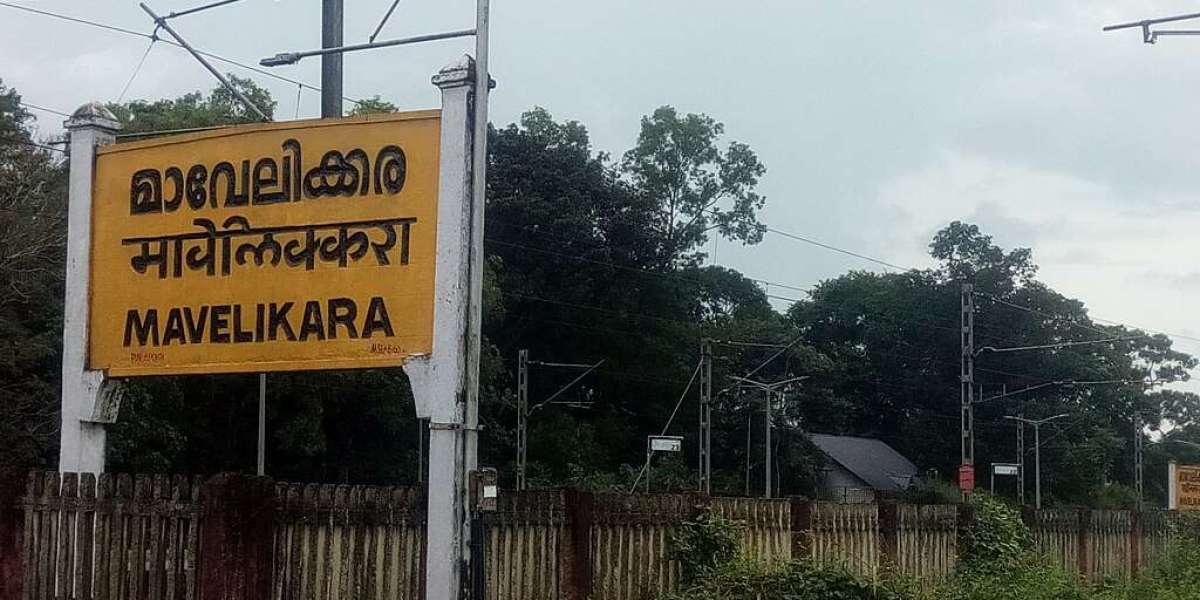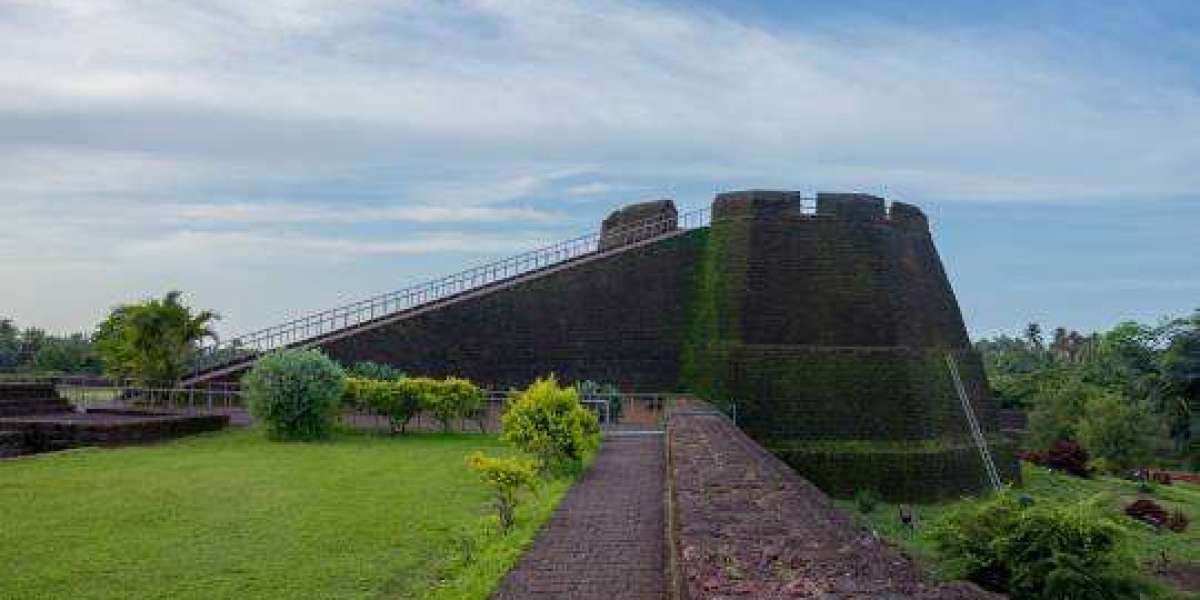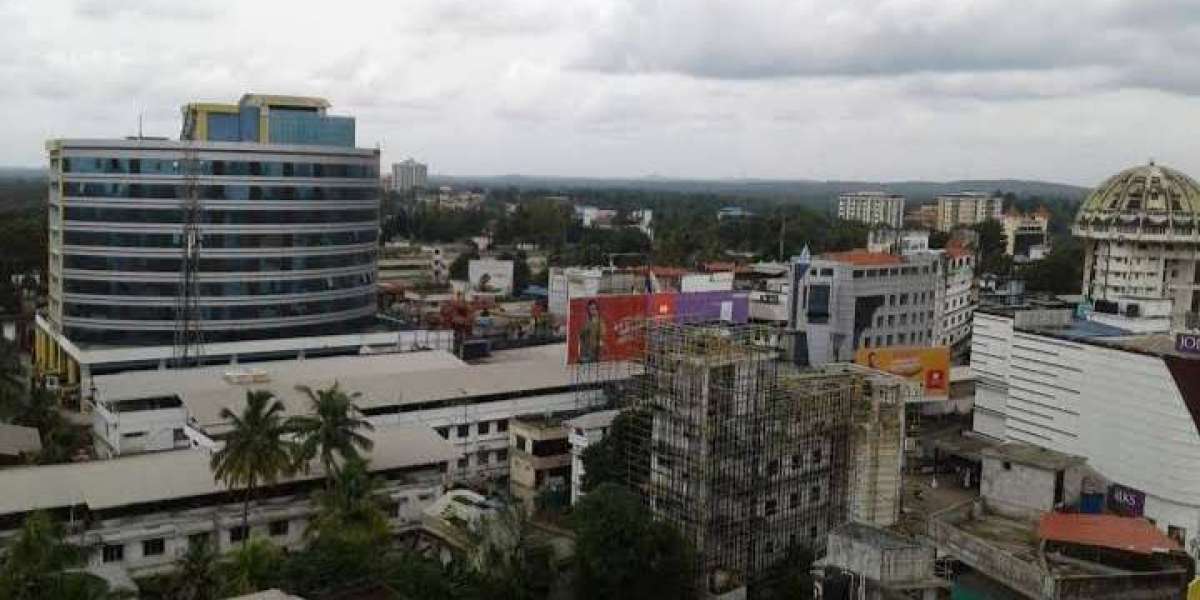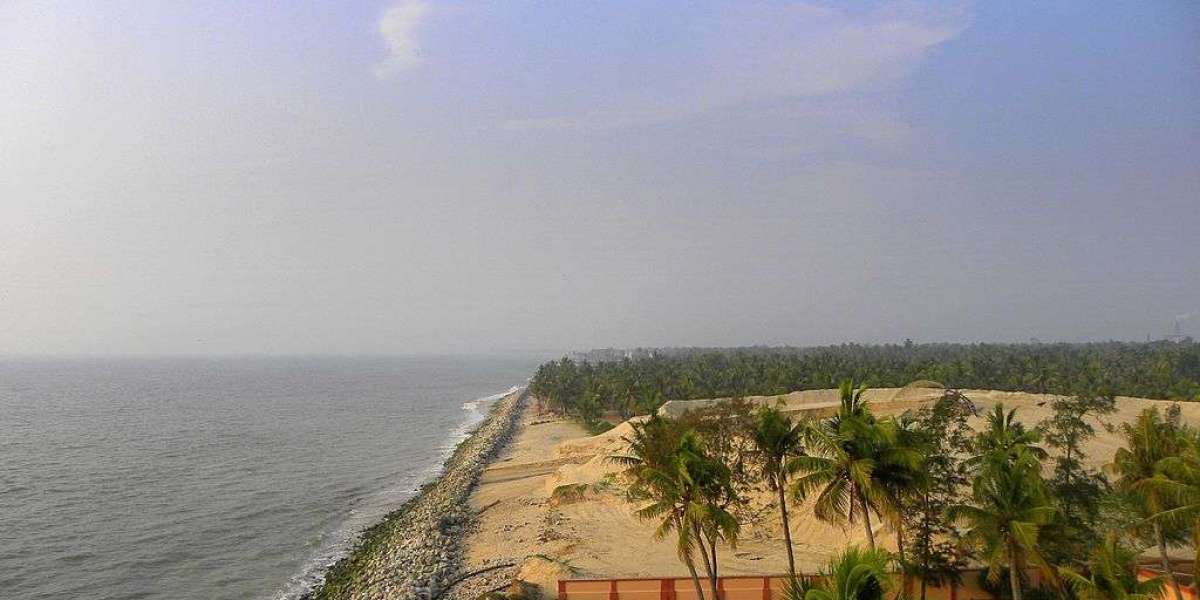Demographics
As of the 2021 roll, there were about 204,536 electors, with a high femal-to-male voter ratio (~1147
females per 1,000 males) and a voter turnout around 71%. Scheduled Castes constitute about 16%
of the electorate—a reflection of its SC reservation status. The literacy rate rests around 96%, in line
with Kerala’s high educational standards. Religiously, the region follows Kerala’s broader pattern:
majority Hindus, followed by Muslims and Christians.
Economic Landscape & Peculiarities
Agriculture remains a mainstay: paddy cultivation dominates in the fertile Kuttanad-like
midlands, alongside coconut, tapioca, and vegetable farming.
Blue economy is modest: small-scale inland fisheries and coir-based cottage industries
support rural livelihoods.
Trade and small-scale industry thrive in Mavelikkara town—KSRTC’s regional bus workshop,
ALIND switchgear, and several SIDCO industrial units offer employment and spur local
commerce.
NRI remittances complement incomes but are not as central as in Gulfemigrant regions;
local economy relies more heavily on agro processing, transport, and service sectors.
Economic Strata
Most residents fall into the middleincome bracket. Smallholder farmers, coir artisans, fisheries
workers, local traders, and industrial or transport employees maintain stable livelihoods. BPL
households are relatively few, typically concentrated in remote or semi-flooded panchayats.
Highincome families are rare, generally linked to ownership of larger parcelbased agribusiness,
transport units, or industry.
Recent Development Activity
While Mavelikkara did not feature among the nine constituencies under the Navakerala
Sadas programme, broader district-level spending supported rural road upgrades, drainage
improvement, and panchayat-level infrastructure enhancements.
The KSRTC regional workshop in Mavelikkara continues as a source of stable government-
linked employment, complemented by periodic expansion of SIDCO estate facilities.
The constituency has seen upgrades in polling infrastructure, including EVMVVPAT
deployment, disabled-access ramps, and better washroom facilities at booths during recent
elections, improving voter experience and transparency.
Local activism and microobserver reports have prompted municipal renovation of roads
around Kunnam and Thazhakara, along with improved drainage to tackle monsoon flooding.
Mavelikkara Assembly Constituency serves a literate and politically engaged electorate across flat
midland terrain and small-town catchments. Its economy draws from agriculture, transport-linked
small industries, trade, and modest fisheries. A predominantly middle-income region, it benefits
from stable civic infrastructure and industrial positioning. Recent upgrades in polling infrastructure
and continued local development signal a constituency steadily building on its agrarian, transport,
and industrial foundations toward balanced socio-economic growth.







